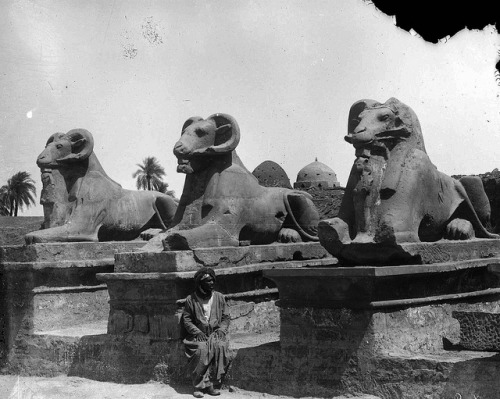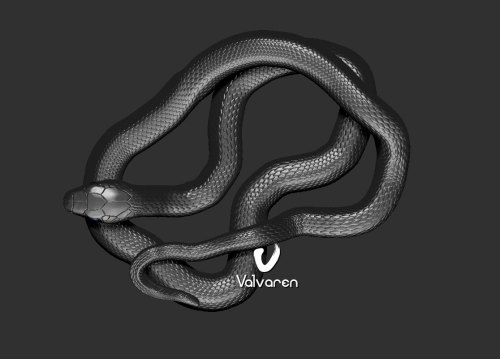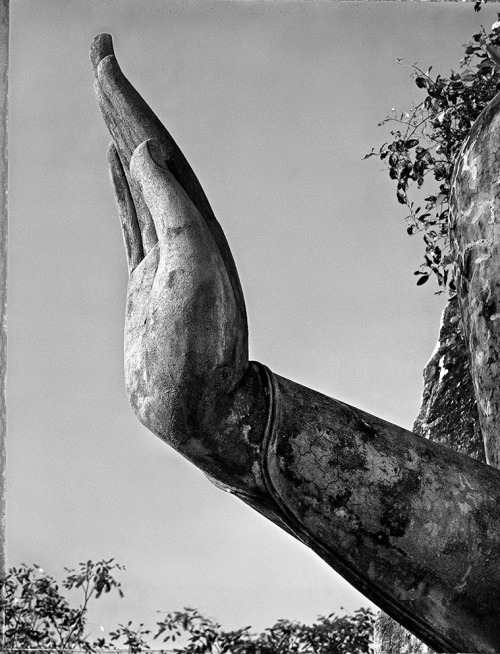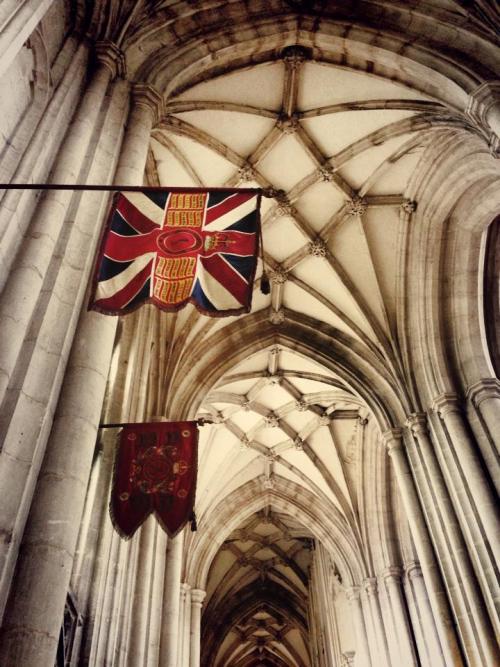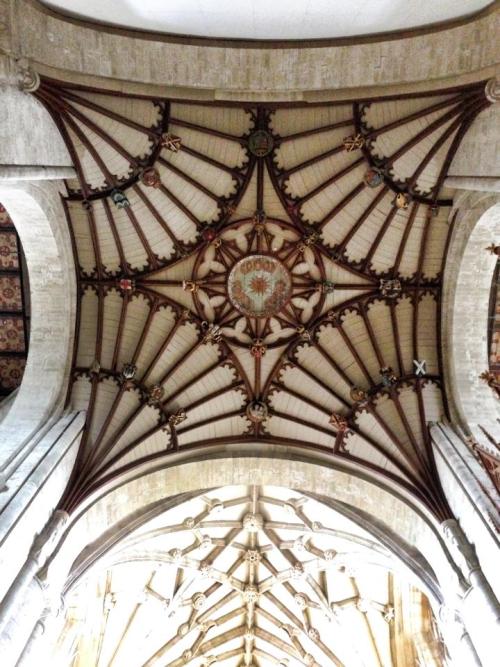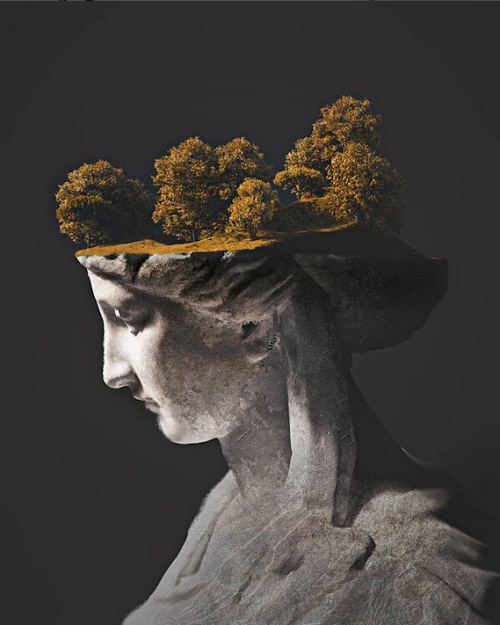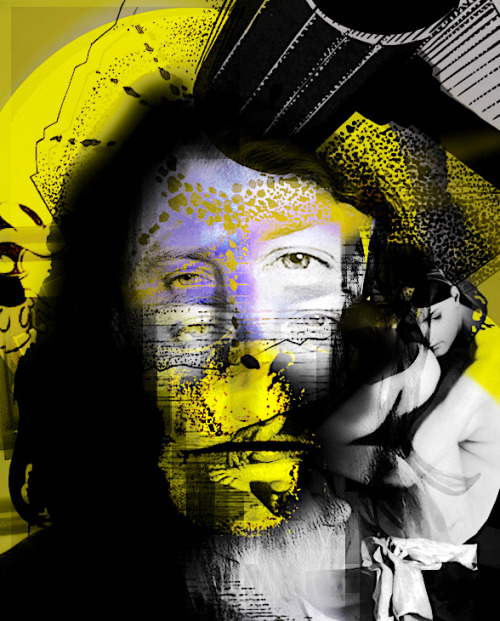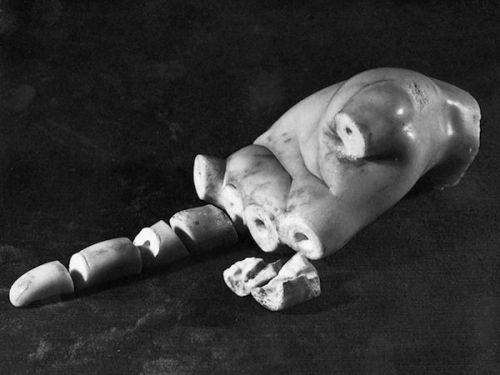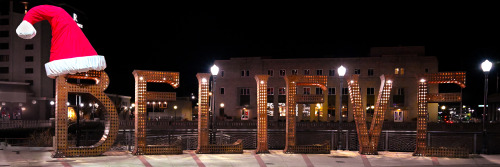#sculpture
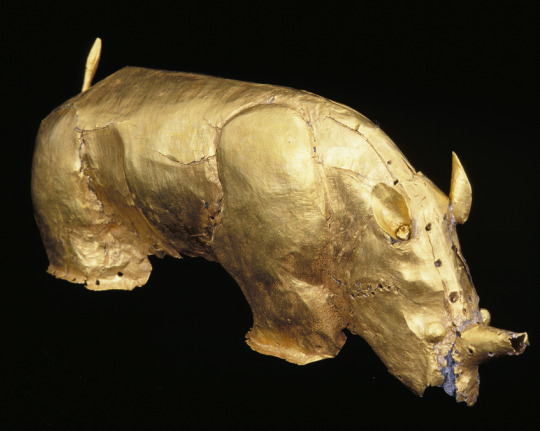
800 years ago, the city of Mapungubwe was the capital of the first kingdom in southern Africa, which thrived as a sophisticated trading centre from around 1220 to 1290.
Gold ornaments, glass trade beads and other ancient objects discovered in the 1930s led to further investigation by the University of Pretoria. They unearthed a wealth of archaeological material that reflected the life and activities of an advanced society – one which flourished and declined within just 100 years.
The city traded with China, India and Egypt, had a thriving agricultural industry, and may have grown to a population of around 5,000. The city had access to the Limpopo River, which connected the region through trade to other sites along the Indian Ocean.
Mapungubwe is the earliest known site in southern Africa where evidence of a class-based society existed, as the leaders were spatially separated from the rest of the inhabitants. The homes, diet and elaborate burials of the wealthy elite are in stark contrast to those less well-off, who lived at the foot of Mapungubwe and the surrounding plateau.
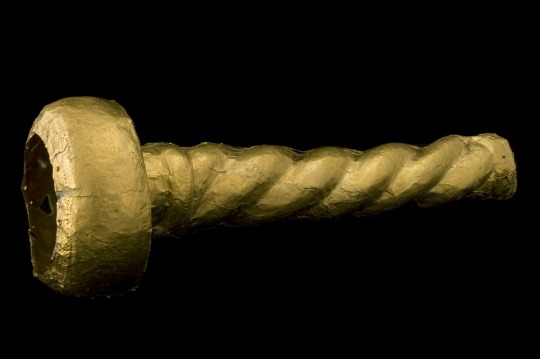
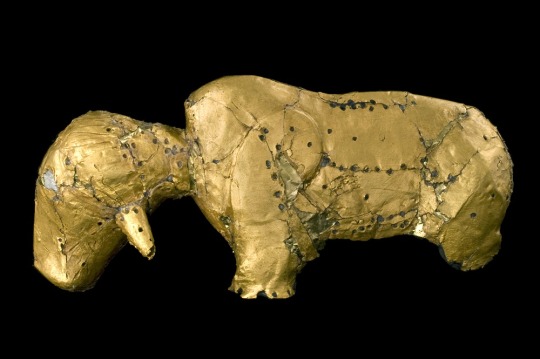

These gold sculptures, discovered in three royal graves, are among the most iconic in Africa today. They depict animals of high status – an ox, a wild cat and a rhinoceros – and artworks associated with power – a sceptre and a bowl or crown.
These artworks were discovered alongside hundreds of gold objects, including bracelets and beads, at Mapungubwe. Gold was mined in the surrounding regions and traded with the coast as part of a wider international network. The precious metal became a status symbol for the kingdom’s rulers.
Since their discovery, these works have had a fascinating history. Although many pieces of sculpture, including these magnificent examples, were known to exist, they were not included in official histories promoted by the South African state. From 1948 the government introduced laws that enforced a system of racial segregation known as apartheid, meaning ‘separateness’. During this period, the official version of history that was promoted stated that South Africa had been an ‘empty land’ before European settlement in 1652. In fact, these wonderful works are part of an ancient and ongoing South African art tradition, showing that people existed in South Africa long before European settlement.
See these incredible sculptures in our special exhibition South Africa: the art of a nation (27 October 2016 – 26 February 2017).
Exhibition sponsored by Betsy and Jack Ryan
Logistics partner IAG Cargo
Gold figurines. From Mapungubwe, capital of the first kingdom in southern Africa, c. AD 1250–1290. On loan from Department of UP Arts, University of Pretoria.
that face you make when it’s 12:30am and you’re a toilet paper roll that just got turned into a head and colored with highlighters and sharpies

El Amor Duele
Available on Etsy (Link below)
https://www.etsy.com/listing/953941343/el-amor-duele?ref=shop_home_active_39
Instagram: @batresgilvin
Post link
Finally, the first model in my ‘High Realism’ series is finished! Learned a lot, especially since it was only my second ever Zbrush sculpt x.x. Test print will be on Tuesday, if it passes I’ll paint up a few for examples. Next models are Blood Python and Carpet Python.
Pictured in both Jelly Bean Material and the Standard MatGrey. Model is posable.
Polypaint on eyes, nostrils, mouth only.
Post link
The Devil and God, 12th century, Reims
Photo by Charles Reeza at the Musée Saint-Remi, Reims
The devil is winning because he has a better stylist. I wonder if Queer Eye would be willing to tackle God for a makeover. I would watch that episode.
Post link



Pompeii (Italy)
My Life in England: Winchester Cathedral
(Note: These are my original photos. Please do not take or repost elsewhere without asking me or without crediting me, thank you!)
Post link
Laszlo’s hand
Laszlo Toth (HU, 1938)
Toth was born in Pilisvörösvár, Hungary, to a Roman Catholic family. After graduating in geology, in 1965 he moved to Australia (27 y/o) w poor English and his geology diploma unaccredited…
In June 1971 (age 33) moved to Rome intending to become “recognized as Christ” (sent letters -possibly in Hungarian- to Pope Paul VI)
Ηe vandalised only the Madonna of Michelangelo’s Pietà sculptural group, on 21 May 1972. With fifteen blows he removed her arm in pieces, part of her nose, an eyelid…
Bob Cassilly, reacted before a group of bystanders pulled the maniac away.
He was never charged because of his evident disorder, but was kept in Italian psychiatric hospital for two years and then immediately deported to Australia. - https://en.wikipedia.org/wiki/Laszlo_Toth
Ditko Comics: New Ditko - LASZLO’S HAMMER, 1992 (Steve Ditko)
Hand from Michelangelo’s Pieta after Laszlo Toth’s attack with a hammer in May 1972. - hh73&cluster123456
Dominique Papety: En el baño,1835
Post link






